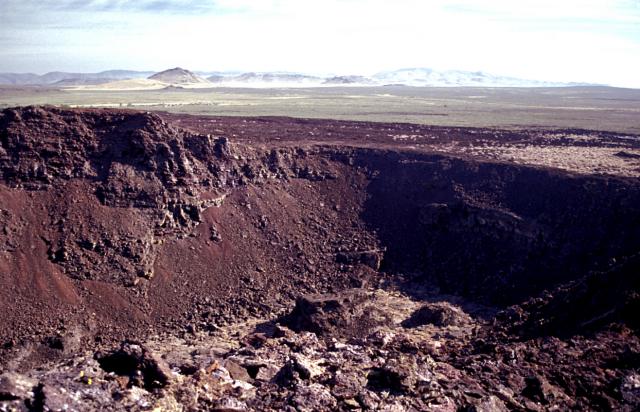The Yellowstone Rhyolite Caldera or 'Super Volcano'
currently lies underneath the Yellowstone Lake. The size of the Super
Volcano Explosion is estimated to be 6,000 times the size of the Mt. St. Helens
eruption in 1980. This is due to the massive hot spot found under Yellowstone
National Park, which fuels both the volcano and the hydrothermal areas (geysers,
hot springs and mud pots).
Below are images I took of the hydrothermic activity in Yellowstone.
The term hot spot refers to regions considered Volcanic or
fed by hot magma that is closer to the Earth’s Crust than other regions. There
are many hot spots throughout the world however; Yellowstone is one of two
prominent hot spots in the United States.
Yellowstone is a Caldera meaning it has collapsed in on itself along fault lines. The image below depicts the operations associated
within and around the Caldera of Yellowstone.
Video explanation/ demonstration of the formation of Calderas:
The hot spot has been feeding the Volcano for over 16
million years and leaving a trail of over 100 Calderas stretching over 500
miles from its current location under Yellowstone Lake. As shown in the below
image this trail is caused by the drifting of the North American Plate in the
Southwest Direction.
This path can also be traced by evaluating the basalt remnants
along the Snake River Plain. Flood Basalts are commonly found along the plain however
there are many other forms of Basalt that can be identified as well. Flood
Basalts are typically large areas that have been covered during an eruption by
hot magma. The magma has a low viscosity therefore it floods the area rather
than building itself up to create a larger Volcano. Once the magma cools it
solidifies into hard rock and over hundreds of millions of years creates the
formations we see today on the Snake River Plain.
Images are credit of Google Images and my own personal collection of Yellowstone Photography.














